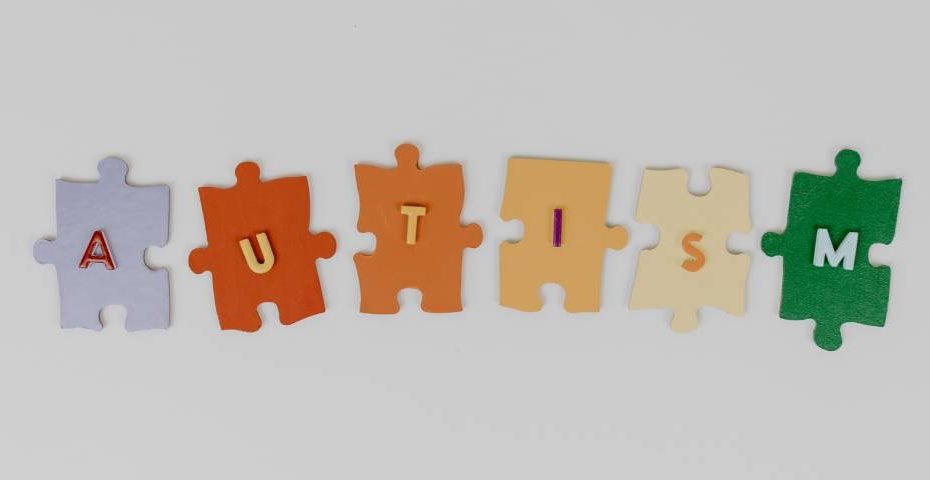What Is Occupational Therapy ?
Occupational therapy (OT) is a branch of health care that helps people of all ages who have physical, sensory, or cognitive problems. Occupational Therapy can help them regain independence in all areas of their lives.
Occupational therapists help with barriers that affect a person’s emotional, social, and physical needs. To do this, they use everyday activities, exercises, etc.
Occupational Therapy helps kids play, improves their school performance, and aids their daily activities. It also boosts their self-esteem and sense of accomplishment.
Why choose Occupational Therapy?
A child’s role is to play and interact with other children. Our pediatric occupational therapists evaluate a child’s current skills related to play, school performance, and daily activities and compare them with what is developmentally appropriate for that age group.
Occupational Therapist help children perform daily activities they may find challenging by addressing sensory, social, behavioral, motor, and environmental issues.
Who may benefit from Occupational Therapy?
Children may require occupational therapy with or without the presence of a medical condition.
Kids with the following medical conditions are considered to be ‘at a risk’ for delays in skills impacting participation in home and school environments.
- Birth injuries or birth defects
- Sensory processing disorders
- Traumatic injuries (brain or spinal cord)
- Learning problems
- Autism/pervasive developmental disorders
- Behavioral problems
- Developmental delays
- Post-surgical hand conditions
- Spina bifida
- Cerebral palsy and other chronic illnesses
What can be accomplished through Occupational Therapy?
Occupational therapists work with children in the following areas:
- Improving fine motor skills so they can grasp and release toys and develop good handwriting skills addressing hand-eye coordination
- Improve kids’ play and school skills (hitting a target, batting a ball, copying from a blackboard, etc.)
- Learning self care tasks (such as bathing, getting dressed, brushing their teeth, and feeding themselves)
- Maintaining positive behaviors in all environments (e.g., instead of hitting others or acting out, using positive ways to deal with anger, such as writing about feelings or participating in a physical activity.)
- Evaluating the need for specialized equipment, such as wheelchairs, splints, bathing equipment, dressing devices, or communication aids
- Improving attention and social skills to allow development of interpersonal relationships.
In what Settings do Pediatric Occupational Therapy Practice? Pediatric occupational therapists can practice in a wide variety of settings. Here are the most common:
- NICU (Neonatal Intensive Care Unit): This setting involves working with newborns (often premature but not always) who have high medical needs. Most common interventions here involve feeding, positioning, and a lot of caregiver training.
- Early Intervention: This setting involves working with children birth to three years old, most commonly in their homes but also sometimes invcommunity settings like childcare facilities or parks. There is a big emphasis on natural environment and developing skills that are valuable to the family, as well as helping with roles and routines.
- School-Based: This setting involves working in the school system with students that have been identified as having a disability that affects their education. All treatment in this setting must be educationally relevant,
which means that some skills are not addressed if they aren’t interfering with their ability to participate in school.
- Outpatient: This setting involves working with students with a wide array of disabilities, both in type and severity. Treatment typically takes place weekly in a special clinic that is set up to address building underlying skills in a playful way. While sensory processing disorder as a stand-alone medical diagnosis is still controversial, this is the setting where children with sensory processing differences most commonly get treatment.
- Inpatient: This setting involves working with children in the hospital. Commonly, these children are experiencing a new disabling condition, such as a spinal cord injury,burns, or cancer, but it is also possible to work with children with existing conditions who suddenly require increased medical care, such as a child with epilepsy who has been admitted to the PICU (Pediatric Intensive Care Unit).
- While less common, you will also find pediatric OTs working with children in skilled nursing settings for medically fragile children, community mental health, and foster care.

About the author
Sayali N Parab is an Occupational Therapist working closely with differently-abled people.
